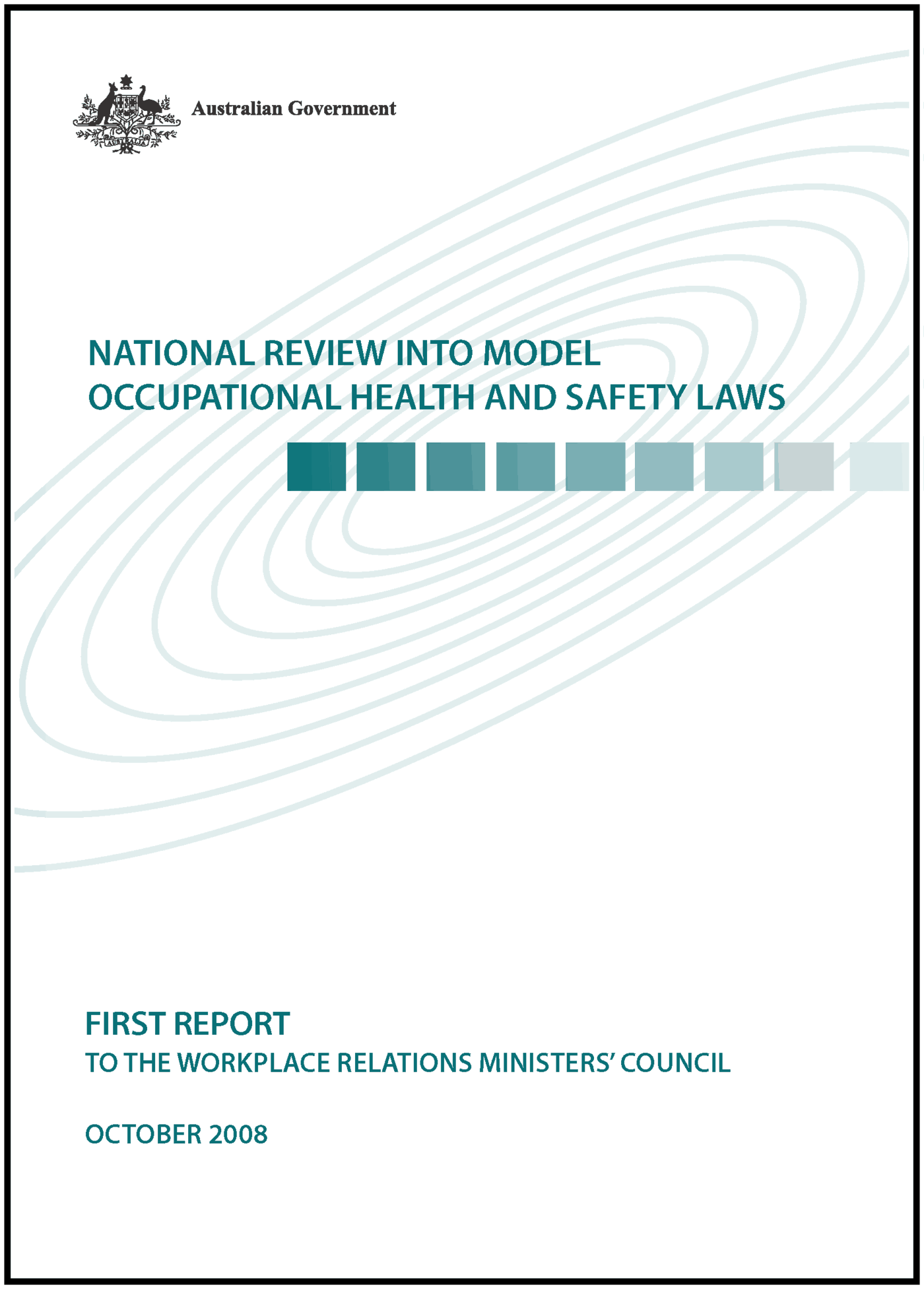I am a great believer that solutions to hazards in one industry can be applied or adapted to other industry sectors. Regular readers of SafetyAtWorkBlog are aware of the cross-referencing between general workplace hazards and some solutions from the sex industry.
However, solutions can come from other countries as well, and not just from the United States. Last week, a car bomb set off by Basque separatists in the University of Navarra in the northern city of Pamplona resulted in 248 people being treated for respiratory trouble, coughing and nausea from inhaling unidentified gases. A university spokesperson, Javier Diaz, reportedly said that the fumes were generated by repair works that “are related to the terrorist attack.”
This occurred seven years after the 9/11 attacks in New York and after the resultant and widespread reporting of persistent health issues suffered by relief workers and emergency services personnel. Yes, fumes are different from airborne particles of asbestos but the hazard, and the control mechanisms, are similar. The lessons of exposure by emergency workers in disasters are obviously still to be learnt.
This morning, 10 November 2008, we wake up to a Russian submarine disaster that immediately reminds us of the tragedy of the Kursk in 2000. Overnight 200 submariners and shipyard workers were affected in the K-152 Nerpa submarine from exposure to freon gas. Three servicemen and seventeen civilians have died. Initial reports say that the gas was released when the fire extinguisher system was activated.
Russian submarines off the east coast of Russia can easily be dismissed by newspaper readers and business professionals as largely irrelevant but the media has said that
“A Russian expert has reportedly said that a lack of gas masks among too many untrained civilians may have elevated the death toll in the submarine.”
Does insufficient PPE and training sound familiar? The release of gas in a restricted area?
For OHS professionals everything is relevant to making the best decisions possible for clients and employers. The trick is to allocate the appropriate level of relevance to the information. Risk managers and OHS professionals need to filter information from the widest possible pool of knowledge in order to provide the best advice.
We are not all Russian shipyard workers in a just-built submarine but, increasingly, we could be helping people from the rubble of a collapsed building, or helping in the aftermath of a natural disaster or a terrorist attack, or advising on a fire safety procedure and safe design of buildings. We need to read, listen and digest so as to maintain and improve our personal core body of knowledge.



